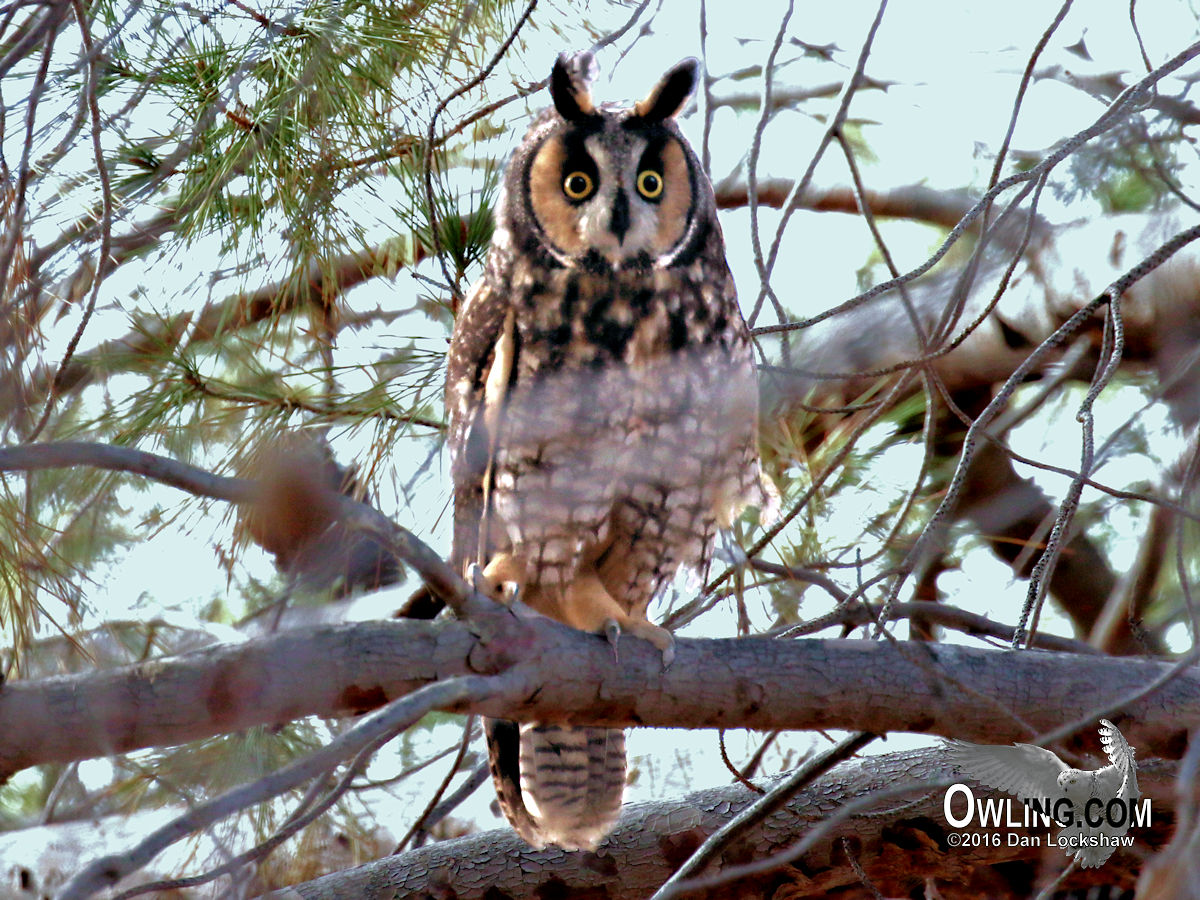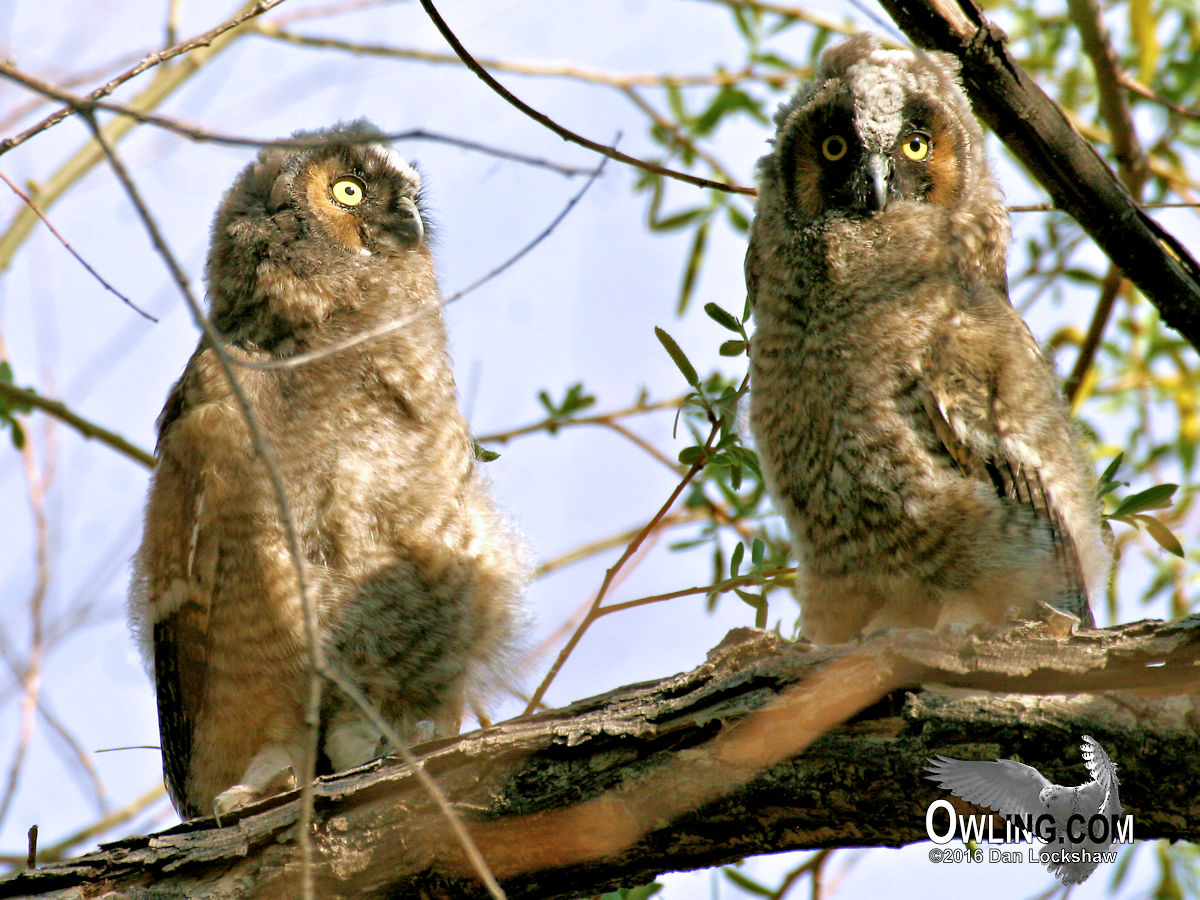Long-eared Owl Biology
A Reference for North and Central American Owls
Name: Long-eared Owl – Asio otus
Other Common Names: American Long-eared owl (wilsonianus); Western Long-eared Owl (tuftsi); Wilson’s Owl; Cod Owl; Lesser Horned Owl.
Subspecies: The Long-eared owl is spread across the Northern Hemisphere around the world. There are two recognized races in North America (one more on the Canary Islands and one more that stretches across Eurasia to the Orient).
A. o. wilsonianus is found from south central and Southeast south into the U. S. to Northern Oklahoma and Virginia.
A. o. tuftsi is found from Western Canada south to Northwest Baja California and east to Western Texas.
Measurements and Weights:
Wingspan: 36 – 42 in.
Length: 13 – 16 in.
Tail: 4 3/4 – 6 1/4 in.
Average Weight: Male: 8 3/4 oz.
Average Weight: Female: 10 oz.
Description: The Long-eared Owl is a medium sized owl with conspicuous ear tufts. The ear tufts may be completely invisible when they are laid down, as they are in flight. Its colors are similar to the Great Horned Owl although its slender shape, smaller size, large round orangey facial disk, (that extends far above its eyes), and cross barred chest set it apart. The facial disk is circled with black that often has distinctive white inner and outer borders; white eyebrows and lores; orange to lemon yellow iris; and black around the eyes. The upper parts are dark brown mixed with white, black, orange, buff, and gray. The under parts have a white base color with some mix of orange and bold dark brown cross barring. The white tail feathers are barred with dark brown (note the distinct difference of the fine horizontal bars on the under parts of the Great Horned Owl).
Young: The juvenile’s facial disk, wings, and tail are similar to the adult. The other parts of the juvenile plumage are orangey-brown to russet-tinted and broadly barred with blackish-brown and grayish-white.




